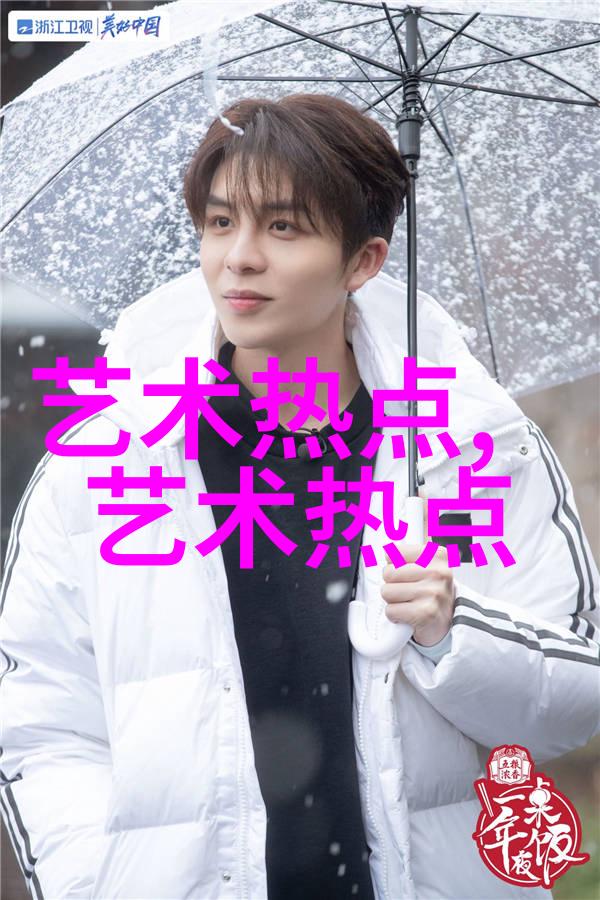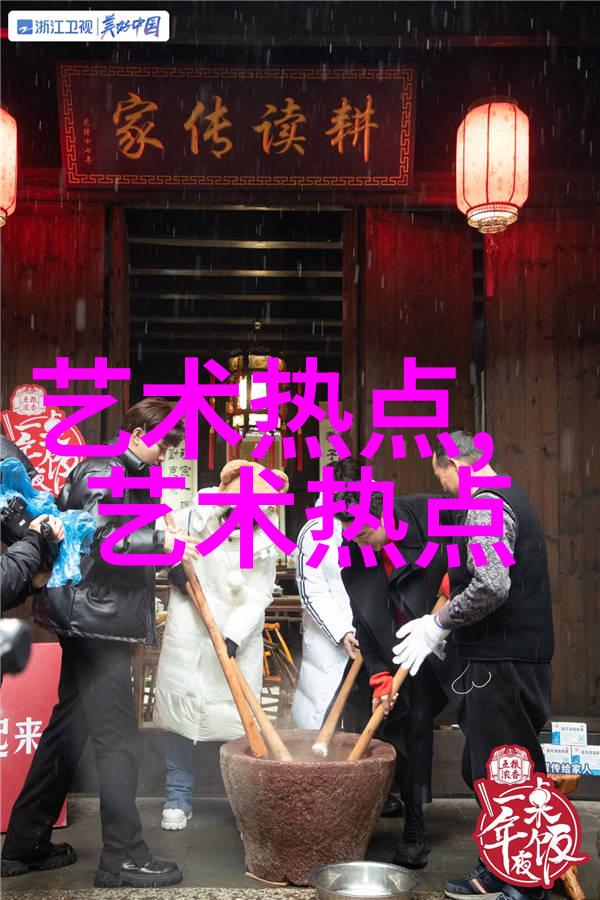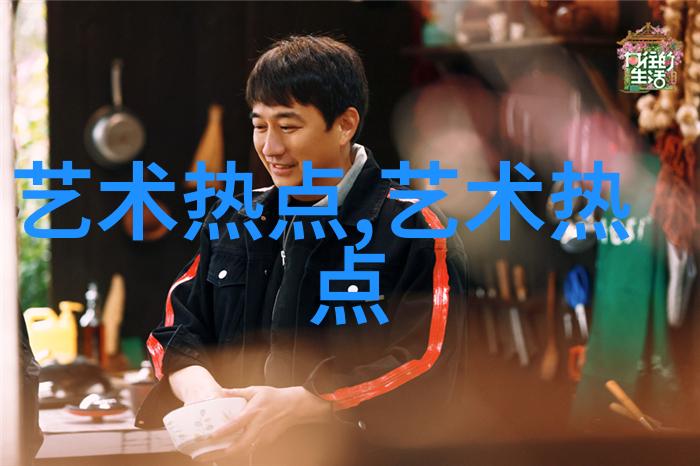东方艺术探秘揭秘中国古代书法绘画与雕塑的精髓
什么是东方艺术?

在世界文化的海洋中,东方艺术以其独特的韵味和深邃的内涵引人入胜。它源远流长,从中国古代一直延续至今,不仅仅体现在书法、绘画和雕塑等传统手艺上,还蕴含着哲学思想、宗教信仰以及民族精神。今天,我们就来探索这些艺术形式背后的故事。
中国古代书法:字是形象的一种表现方式

中国古代书法,作为一种高级文学形式,其历史可追溯到西周时期。但真正意义上的书法,并非单纯地将文字写出来,而是一种融合了诗意、美感与思想内容于一体的艺术表现。在汉字之中,每一个笔触都承载着作者的情感和智慧,使得每一次挥毫泼墨都成为了一次心灵沟通。
从草隶到楷书,再到行書和狂草,每一种风格都有其独特之处,都有其适用场景。例如,楷书以工整严谨著称,用来刻石碑铭;行书则更加随意自然,用在日常生活中;而草写则显得生动活泼,更能表达出作者的情感波动。这三者共同构成了丰富多彩的人文视觉盛宴。

中国古典绘画:色彩与意境交织
走进中国古典绘画领域,你会发现这里不仅充满了色彩,还有一种名为“意境”的神秘力量。这种意境,它不是直接描摹事物,而是在对自然界细致观察基础上,将自己的情感倾注其中,让作品呈现出超越实物本身的抽象层次。

从山水田园风光到花鸟虫鱼,从人物肖像再到佛教壁畫,每个主题都有其独特的技巧要求和审美趣味。而且,无论何种题材,它们往往都是通过几笔简洁却又富有层次的手法完成,这正是中国绘画所特有的魅力所在——既简单又深奥,又具体又抽象。
Chinese Sculpture: 3D Art with Depth and Symbolism

进入雕塑领域,我们可以看到那些沉稳而庄重的大理石像或木质神像,它们似乎穿越时间空間,与我们交流着千年的智慧。在这块坚硬的地球材料上,匠人运用不同的工具技术,将想象变为现实,同时也赋予了它们无限的情感价值。
每一个雕刻品,不只是外表华丽,更重要的是它背后所代表的事物或概念。一尊佛祖坐禅,一只狮子守护,一对夫妇相拥……它们不仅是形状,更是历史见证,是文化传承,是社会符号。这样的作品能够让我们更好地理解当时社会人们对于宇宙秩序及生命意义的一些思考过程,以及他们如何通过这些作品来表达自己对于宇宙万物的一种敬畏甚至崇拜的心态。
What is the essence of Eastern art?
Eastern art, especially Chinese calligraphy, painting, and sculpture, has a profound impact on our understanding of the world. Each piece is not just an aesthetic object but also carries philosophical thoughts and cultural values. The beauty of these arts lies in their simplicity yet depth.
The strokes in calligraphy convey emotions; colors in paintings evoke moods; and sculptures embody ideas. These artworks are not just visual experiences but also reflect the history, culture, and beliefs of the society that created them.
In conclusion, Eastern art is a unique blend of aesthetics and philosophy that transcends time and space. It invites us to explore its depths through contemplation rather than mere observation. As we immerse ourselves into this rich cultural heritage, we gain more than just appreciation for beauty; we discover new perspectives on life itself.
How does Eastern art influence contemporary society?
As global connectivity increases, people's interest in different cultures grows as well. This has led to a renewed appreciation for Eastern arts like Chinese calligraphy, painting, or sculpture worldwide.
Contemporary artists draw inspiration from traditional techniques while experimenting with new mediums such as digital technology or mixed media. This fusion creates fresh interpretations that resonate with modern audiences without losing their original essence.
Moreover, education institutions around the world now incorporate courses on Asian arts into their curricula to foster cross-cultural understanding among students. Artists-in-residence programs allow professionals to learn from master artisans who continue these ancient traditions while teaching younger generations how to apply them creatively today.
The influence extends beyond artistic circles too – it shapes interior design trends by incorporating elements inspired by Far East motifs like paper screens or lacquerware vases into home decor designs; it inspires fashion designers who use intricate patterns found within traditional fabrics for clothing lines; even culinary enthusiasts embrace flavors derived from ancient recipes passed down through generations along China's Silk Road trade routes.
It's clear that Eastern art continues its journey across time zones enriching our lives with timeless wisdoms—its spirit evolving alongside human civilization’s ever-changing landscape as a testament to human creativity & resilience against all odds!